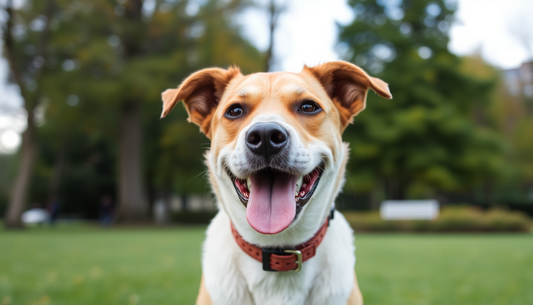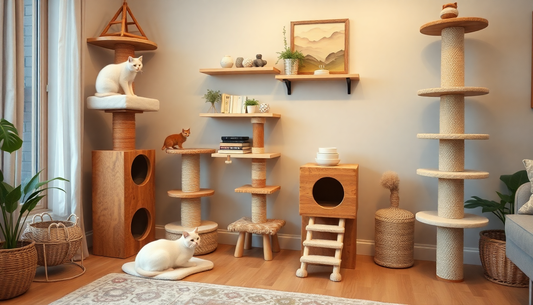
How to Crate Train Your Large Breed Dog with Top Dog Crates for Large Breeds
Share
Crate training is a valuable tool for pet owners, especially when you have a large breed dog. It offers a safe space for your pet while making everyday life easier to manage. Using the top dog crates for large breeds ensures comfort and durability, making this process smoother for both you and your furry friend.
Choosing the right crate is the first step. Large dogs need crates that can withstand their strength and chewing habits. Durable dog crates for heavy chewers are built with tough materials like reinforced steel or heavy-duty plastic to resist damage. Size is equally important – the crate should be large enough for your dog to stand, turn around, and lie down comfortably.
Introducing a large dog to a crate requires patience and a positive approach. Start by creating a welcoming space inside the crate with soft bedding and some favorite toys. Slowly encourage your dog to enter by placing treats inside and praising any interest they show. The goal is to make the crate a pleasant, safe environment rather than a place for punishment.
Effective crate training includes best crate training tips for large dogs such as using treats and rewards consistently. Positive reinforcement helps your dog associate the crate with good experiences. Patience is key because large breeds may take longer to adjust due to their size and temperament.
Establishing a crate training schedule for big dogs helps them adapt well. Dogs should not spend too long confined but benefit from multiple sessions of crate time spread throughout the day. A recommended schedule might start with short periods and gradually increase to fit your routine. Always balance crate time with plenty of exercise and play, which helps reduce anxiety and destructive behavior.
Crate training problems with large dogs can include resistance to entering the crate and anxiety. To tackle these issues, avoid forcing your dog inside. Use calm, reassuring voices and reward small steps toward crate acceptance. If destructive behavior occurs, ensure your dog gets enough physical and mental stimulation outside the crate.
Maintaining and cleaning your dog's crate is also vital. A clean crate offers comfort and prevents odors or pests. Regularly remove bedding for washing and wipe down the crate's surfaces with mild soap and water. Keeping the crate dry and hygienic will encourage your dog to use it happily.
In conclusion, crate training large breed dogs requires the right equipment and approach. Investing in top dog crates for large breeds that are durable and spacious sets a strong foundation. Following best crate training tips, introducing the crate thoughtfully, and maintaining a balanced schedule leads to a happy and safe pet. Quality crates and consistent training make all the difference for your paw companion's well-being.
At PawCounter.com, you'll find a range of high-quality crates and pet supplies tailored for large dogs. Treat your furry friend to the best and enjoy the benefits of smooth crate training today!



